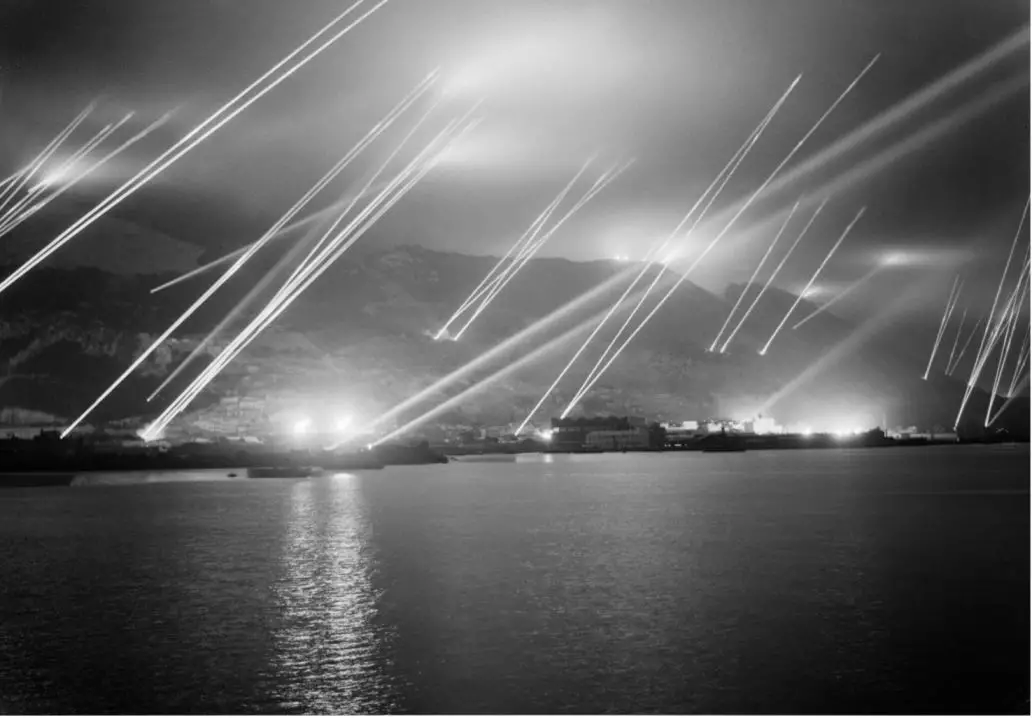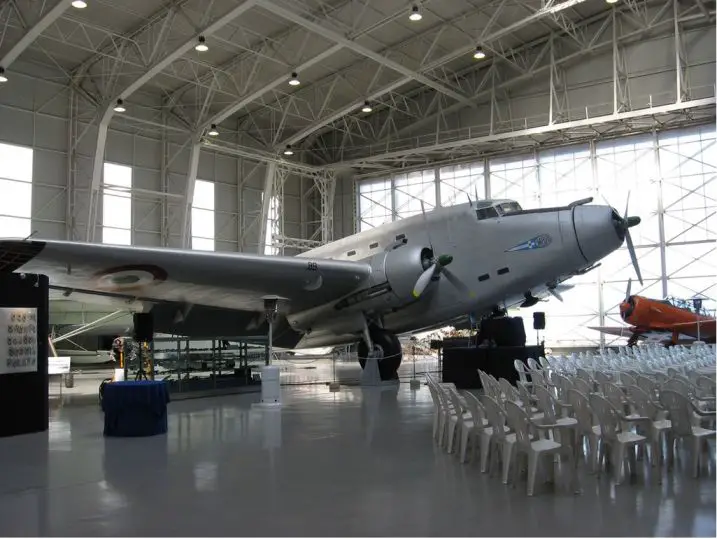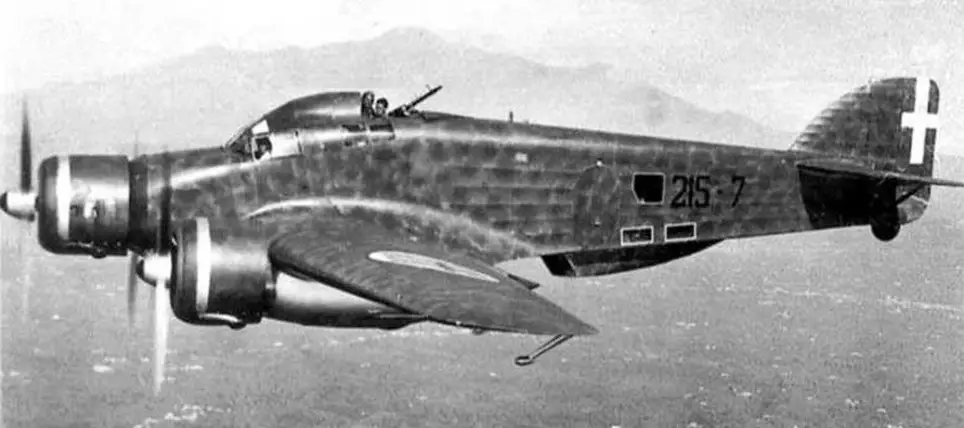
The naval base of Gibraltar was one of the key strategic positions from which the British Empire conducted its fight during the Mediterranean campaign of the second world war. This base, together with Alexandria in Egypt, was the subject of several attacks launched by the Italian special forces belonging to the elite 10° M.A.S. flotilla, using human torpedoes and frogmen.
Besides these daring and famous raids launched from the sea, the Italians also attacked from the air. These attempts are quite unknown, first because they achieved little and were usually carried out by a handful of aircraft on a non-regular basis. It is however interesting to shed light on these endeavors that, from a technical and military point of view, were very complex, since Gibraltar lies 1,300 km from the Sardinian shores.
First attempts
Already from June 1940, Italian air force planners considered the idea of launching long-range attacks against Gibraltar, but what aircraft should be used? The choice fell on the SIAI Marchetti S.M.82, a transport aircraft, available also in the bomber version (S.M. 82 Armato), which could carry a maximum of 4,000kg of bombload.
The large autonomy of the S.M.82 made it the best candidate for the role, as no other Italian bomber at the time has sufficient range and the P.108 heavy bombers were still far from entering service.
On the 17th of July 1940, three S.M.82 took off from the airfield of Roma-Guidonia around 7:40 PM and arrived over Gibraltar at 3:40 AM. Here they launched their bombload from 3,500 meters and left the scene unharmed. The British did not expect such a raid, the city was well-illuminated and the AA response almost inexistent. The results of this (as all the following) mission are unknown since the Italians could not observe it and the British kept their silence on the matter.

Figure 1 The S.M.82 displayed in the Air Force Museum of Vigna di Valle
Another mission was launched on the 25th of July by the same three aircraft, this time departing from Sardinia. The S.M.82 dropped their load but this time the AA fire was more effective, and one bomber was lightly damaged. The two undamaged S.M.82 flew again at the end of August and this time one bomber was hit and crashed into the sea.
At this point, the operations against “the rock” were paused, since the available S.M.82 were increasingly required for transport duties elsewhere, in particular for the air bridge to Italian East Africa and later for flying men and materials to the Greek-Albanian front.
In 1941, a few more missions were flown by a single S.M.82, which achieved almost no concrete results.
The P.108 arrives
In 1942, the long-range heavy bomber Piaggio P.108B became finally available. This aircraft was still plagued by technical problems which continued to hinder its performance, causing also fatal accidents. In addition, the Italian industry struggled to build this complex aircraft in sufficient numbers, resulting in less than 30 aircraft being produced.
Despite these deficiencies, the first available bombers constituted the 274° “Squadriglia Bombardamento a Grande Raggio”.
On the 28th of June 1942, this unit flew a bombing mission against Gibraltar with five aircraft that departed from a Sardinian airfield. Four bombers reached the target and released 66x100kh and 6x250kg bombs. The mission ended up in a disaster, since only one aircraft landed back in Sardinia, and the other three crash-landed in Spanish airfields.
Between July and October 1942, four more missions were flown by the few available P.108B, achieving very little and losing most of the bombers due to technical failures, crash landings, and enemy reactions.

Figure 2 P.108B ready to fly
The last bites of the S.M.79
In June 1943, a new version of the S.M.79 became available. This one had improved engines and an additional fuel tank. This new machine unlocked the possibility of attacking the ships at anchor in Gibraltar with torpedo bombers.
In July 1943, ten of these new S.M.79 red-deployed in the German-controlled base of Istres (Southern France) and launched their attack (Operation “Scoglio”). However, only two S.M.79 reached the rock and dropped their torpedoes, apparently hitting no targets.

Figure 3 S.M.79 flying over the sea
The armistice of September 1943 did not put an end to the daring missions against Gibraltar. In 1944, the ANR – National Republican Air Force (those who continued the fight alongside the Germans) put together a torpedo bomber group operating on the S.M.79 (Gruppo Faggioni).
In early June 1944, they flew from Istres and nine bombers reached Gibraltar and carried out their attack, amidst the surprise of the British garrison. The pilots claimed the sinking of six ships while the British denied such claims.
This was the last episode of the series of daring raids that commenced in 1940, always carried out by too few aircraft which were unable to achieve strategically relevant results.
Sources
Sgarlato N., (1998), Bombardate Gibilterra!, Aerei nella storia n.12, pag. 24-20
Sgarlato, N. (2000). La Regia Aeronautica nella II Guerra Mondiale. Delta Editrice.